Connected life:
take care of your eyes!
Whether you wear glasses or not, the hours spent every day in front of screens have multiple impacts on your eyes. Eye strain, headaches, and difficulties in adapting: vision care specialists are facing a new wave of ophthalmic symptoms coupled with physical, neck or back pain. Explore why…
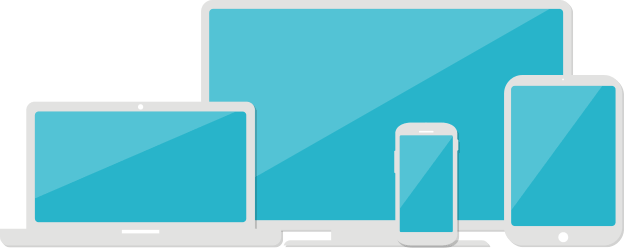

Today, over 90% of people aged 20-65 use digital devices daily, on average switching between four different devices.
MULTI-SCREEN
BEHAVIOR
These new "multi-screen" behaviors involve varying postures depending on the device: sitting while using a tablet, standing for a smartphone, lying down with an e-reader...


A recent study conducted by Essilor’s R&D teams revealed a new zone of vision. While a person typically reads around 40 cm away from a paper, this distance reduces to an average of 33 cm or even 23 cm on a smartphone.
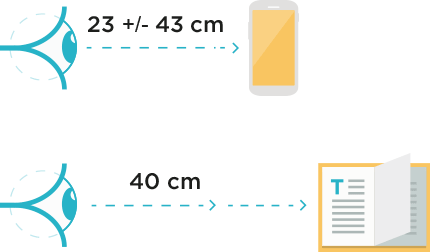
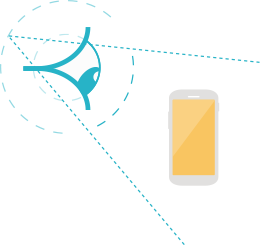
Angle°
Another significant feature of “connected reading" is the difference in the angle of gaze to a smartphone, compared to traditional paper, which is even greater when standing. These parameters, plus the massive emission of blue light by all these screens have an impact on our eyes.
THE HIDDEN SIDE OF BLUE LIGHT
Blue light, a normal feature of daylight, is also generated by a large number of screens equipped with LED or compact fluorescent lighting.
What are the sources of blue light?
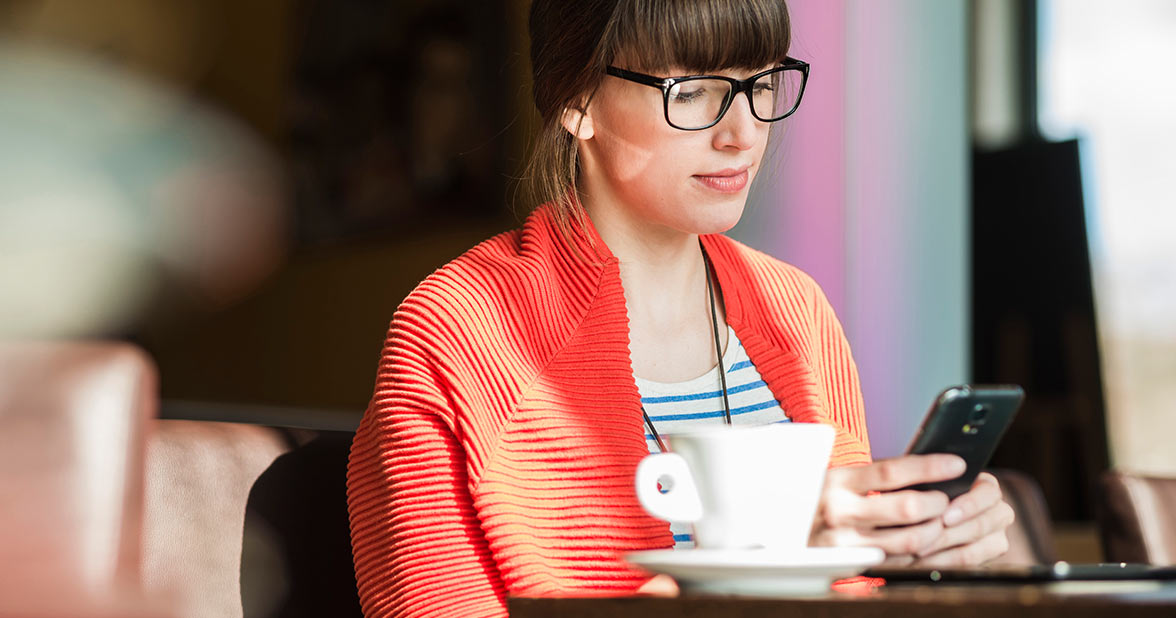
Natural
the sun
Artificial:
tablets, computers, mobiles, TV, game consoles, LED bulbs
While some blue light (blue turquoise) is beneficial to health because it regulates our biological clock, the other part (blue-violet) is harmful to the eye. It’s now identified as one of the risk factors of age-related macular degeneration (AMD).* Why? Because it penetrates deep into the eye and strikes the central part of the retina called the macula.

THE YOUTHFULNESS
OF OUR EYES
Two populations are particularly vulnerable to this phenomenon: children, because their crystalline lens which is still highly transparent filters light less effectively and people aged over 45, because their eyes’ natural defense system is weakening gradually and providing less protection for their retina. Many reasons that make protection against harmful blue light a major issue. And as life expectancy continues to lengthen, it is now crucial to preserve the youthfulness of our eyes in order to live better for longer.
On average, we spend more than five hours a day in front of screens. It’s a strain for our eyes that are ill suited to intensive use of digital devices. Can we really enjoy connected lives without risking our vision? What are the main problems diagnosed by the experts and their potential consequences on health? We explore some answers…
Increasing and intense daily use of digital devices, particularly small screens, is not without impact.
Are all these symptoms attributable to screens? According to many specialists, the answer is yes. In fact, our visual system is not biologically designed for near vision, which is supposed to be limited to a brief accommodation reflex. That’s why, by fixing our eyes on digital devices there’s soon a physiologicalreaction. Digital asthenopia, a difficulty in sustaining close visual effort, is increasing.
According to Dr. Marcus Safady, ophthalmologist and president of the Brazilian Society of Ophthalmologists (SBO) "screens exacerbate existing visual defects and also affect those who do not wear glasses. The symptoms of asthenopia are generally related to external causes linked to the use of digital devices, which are now ubiquitous in our daily lives.
OTHER SIDE EFFECTS BEYOND VISION
There are other increasingly widespread pathologies that experts associate with digital usage but also some endocrine disruptionsthat disturb the secretion of melatonin or cortisol.
Too much exposure to blue light emitted by screens can affect sleep quality. Eye fatigue can also affect productivity and thus lead to other problems such as stress, anxiety or mood swings.
says Dr Koh Liang Hwee Optometry Bsc(Hons), PhD (UK) Optometrist at Pearl's Optical, Singapore.
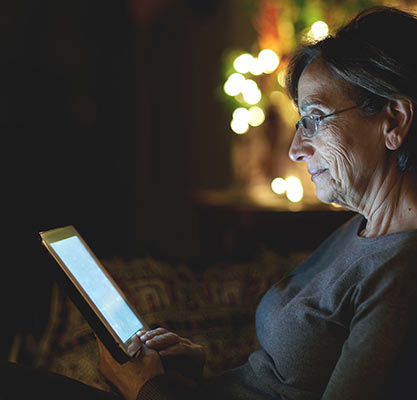
Zen and connected:
our eyes in version 3.0
Fortunately, solutions exist to protect us from harmful blue light and reduce visual fatigue. Everyone can relieve digital eye strain by adopting a few easy tips to follow. And special lenses, adaptable to all types of vision, exist today to effectively filter light rays. To preserve your eyes, follow these practical tips:
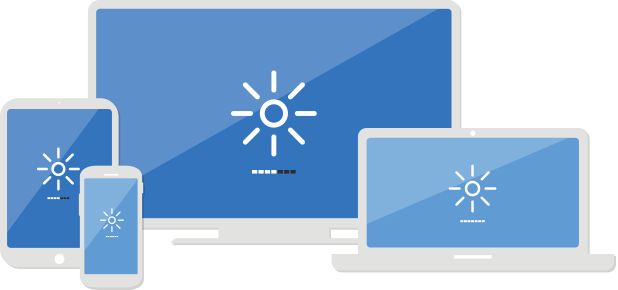
 set your screen brightness to low
set your screen brightness to low
 clean the screen
clean the screen
 increase the text size
increase the text size
 lower ambient lighting
lower ambient lighting
Be sure to position the screen directly in front of your face, slightly lower than eye level, and if it is a laptop or tablet, maintain a certain distance.
Blink more often to combat dry eyes. Follow the 20/20/20 rule - every 20 minutes take a pause of 20 seconds and look at something 20 feet away (6 meters).
And of course, limit the amount of timespent on a digital device. In particular, monitor younger users and set them a good example.
LENSES
TO PROTECT YOUR VISUAL HEALTH
Among other preventive actions, glasses can help the eye to adapt to the intermediate distance of objects such as computer screens and effectively reduce the effects of eye strain. Thanks to a specific treatment, Essilor’s Crizal®Prevencia® lenses help protect the eye from harmful blue wavelengths that might cause degeneration of retinal cells, that might cause degeneration of retinal cells, while allowing through beneficial blue light. In April this year, Essilor launched Eye Protect System™, a new lens feature for optimal protection that integrates blue-light filtering properties into the lens.
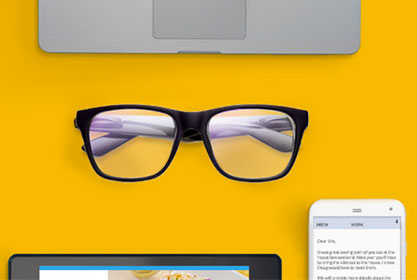
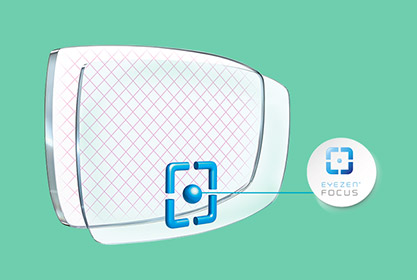
Essilor also offers a new category of lenses designed for connected life: Eyezen™, incorporating two new technologies, Eyezen™ Focus which helps adapt visual correction to the viewing distances of each digital device including very close vision and a light filtering technology which helps protect the eyes from harmful blue-violet light emitted by digital screens. These lenses are available in all corrections (myopia, hyperopia...) but also for those who have no visual defects and who simply want to relieve and help protect their eyes every day.

Eyezen™ is a new category of lenses, flagship of Essilor’s cutting-edge innovation, designed for a connected life to relax and help protect eyes from screens.

CRIZAL® PREVENCIA®
Following a research program conducted in partnership with the Vision Institute in France, Crizal® Prevencia® is a category of preventive lenses offering a complete protection against harmfull effects of blue-violet light.

 set your screen brightness to low
set your screen brightness to low
 clean the screen
clean the screen
 increase the text size
increase the text size
 lower ambient lighting
lower ambient lighting